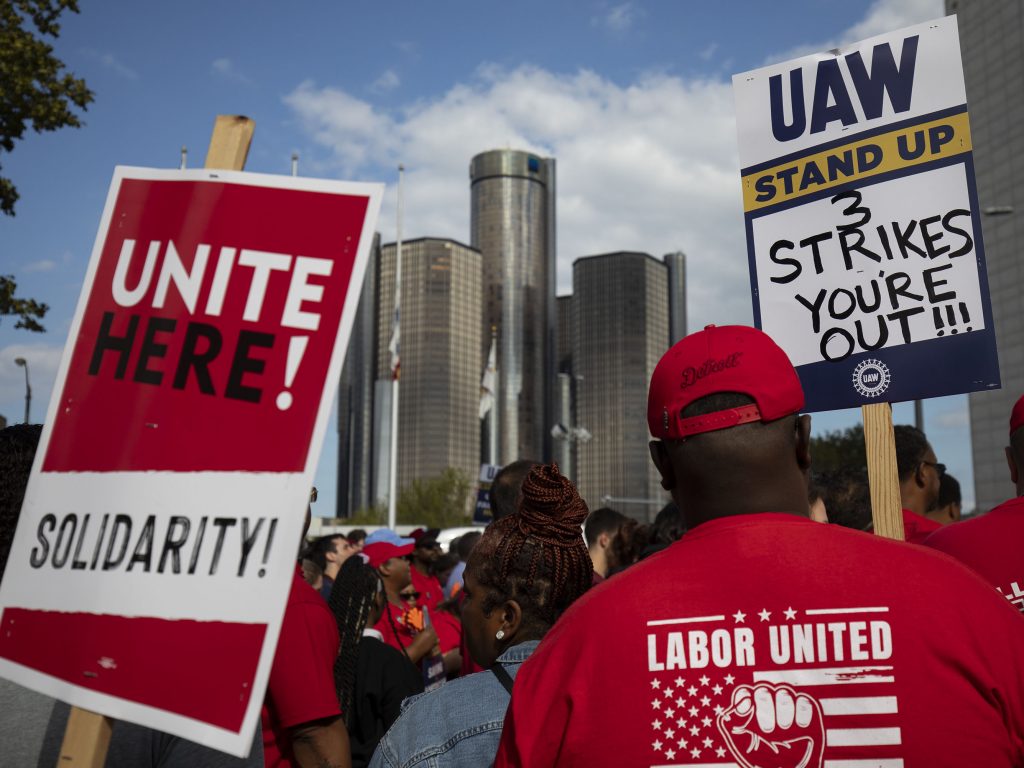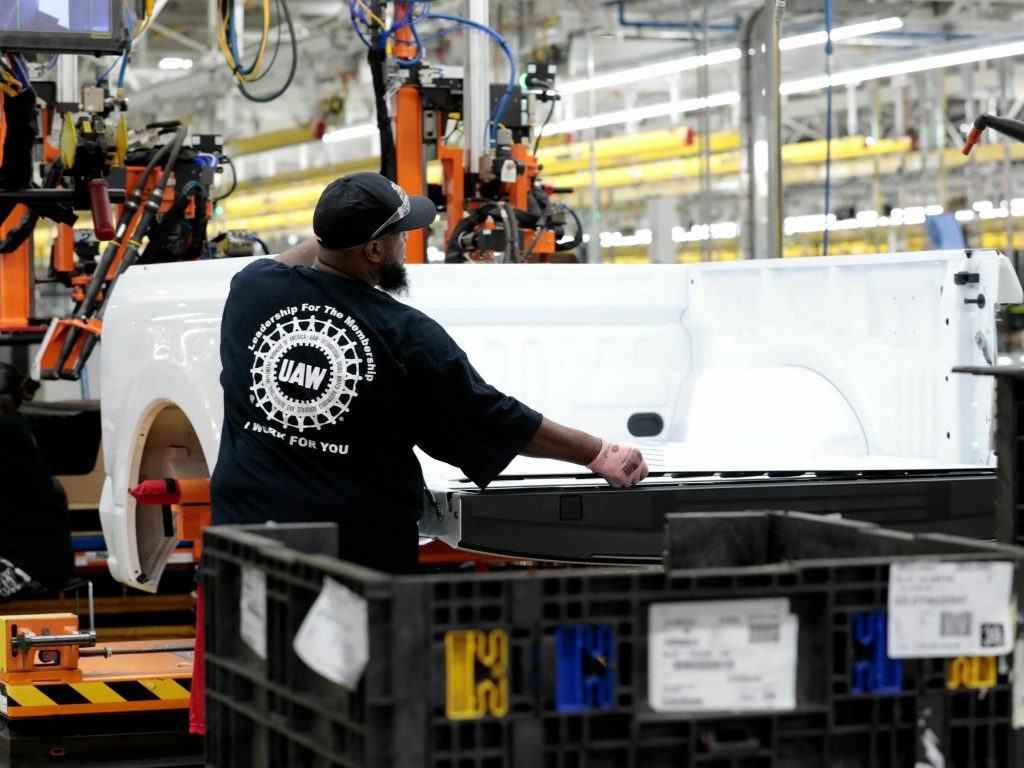News
How the UAW strike could have ripple effects across the economy
By: Scott Horsley | NPR
Posted on:
WASHINGTON, D.C. (NPR) — The United Auto Workers’ strike against the Big Three automakers will have ripple effects across the economy — but it’s hard to gauge how much.
It will depend in large part on how big the strike gets and how long it goes on. And what makes this walkout unusual is that the union is targeting all Big Three carmakers — Ford, General Motors and Stellantis (Chrysler’s parent company) — but it’s not picketing all of their plants, at least for now.

Here are some of the potential effects of the strike on workers, companies, car buyers and the broader economy.
The impact on spending by striking workers
Striking workers won’t be getting paychecks while they’re out of work. They will receive $500 a week in strike pay from the union. But on average, that will replace only about 40% of their lost wages. That will likely mean reduced spending in communities where striking workers live.
“Maybe you skip going out to dinner,” says University of Michigan economist Gabe Ehrlich. “People say, ‘Oh, I’ve prepared for a strike. But there’s only so much you can do to save up for a strike. Obviously, the $500 a week helps. But it’s not making up for a full paycheck.”
The UAW has built up a strike fund of $835 million — enough to last about three months if all of the nearly 150,000 unionized autoworkers were on strike. The union will also pay for striking workers’ health insurance.
The impact on supply chains
Automakers don’t operate in a vacuum.
Companies that supply parts to Ford, GM and Stellantis could also feel the effects of the strike, but probably not right away.
Automakers have lived through several years of parts shortages, so Ehrlich thinks they’ll be slow to cancel their orders with suppliers.
Even if orders do slow down, parts-makers might be wary about laying off their own workers, given the tight labor market.
If a strike drags on for eight or 10 weeks, though, Ehrlich says the impact will likely be far-reaching.
The impact on would-be car buyers
More cars are on dealers’ lots now than there were a year ago, when supplies were still severely limited by the COVID-19 pandemic and a shortage of computer chips.

Ford has enough vehicles on hand to last about two months. GM’s inventory is a little smaller; Stellantis’ inventory is a bit larger. So there’s a cushion, but it won’t last indefinitely.
New-car prices rose 0.3% in August after four months of flat or falling prices. Any loss of production could put more upward pressure on prices, although nonunion carmakers such as Honda and Volkswagen will keep cranking out vehicles during the strike.
The impact on economic growth
The Big Three automakers aren’t as dominant as they once were, and neither is the UAW. Even if all 150,000 members were to strike for six weeks, the fallout for the broader economy would be limited, shaving an estimated 0.2% off fourth-quarter gross domestic product, says Mark Zandi, chief economist at Moody’s Analytics.
“This is a small impact, but meaningful,” says Zandi, “particularly in the context of other headwinds to growth in coming months, including higher oil prices, higher mortgage rates, the end of the student loan payment moratorium and a potential government shutdown.”
The auto industry is also relatively contained, unlike delivery giant UPS or freight railroads, where threatened strikes in the last year could have had much more far-reaching effects.
In communities where carmakers are concentrated, a six-week strike could be painful but would probably not do lasting damage.
“It’s not going to fundamentally alter the trajectory of Michigan’s economy,” Ehrlich says.
The longer the strike drags on, though, the more it could reshape the industry’s future. The walkout comes at a time when autoworkers are already nervous about the massive transition to electric vehicles, which require fewer people to produce.
“What I worry about is if we had a substantially more intense strike that is more acrimonious, that drags on substantially longer, does that start to lead the automakers to rethink where they invest?” Ehrlich says.
After a protracted machinists strike in 2008, for example, Boeing shifted some aircraft production to a new plant in South Carolina, a fiercely anti-union state.
9(MDU1ODUxOTA3MDE2MDQwNjY2NjEyM2Q3ZA000))

